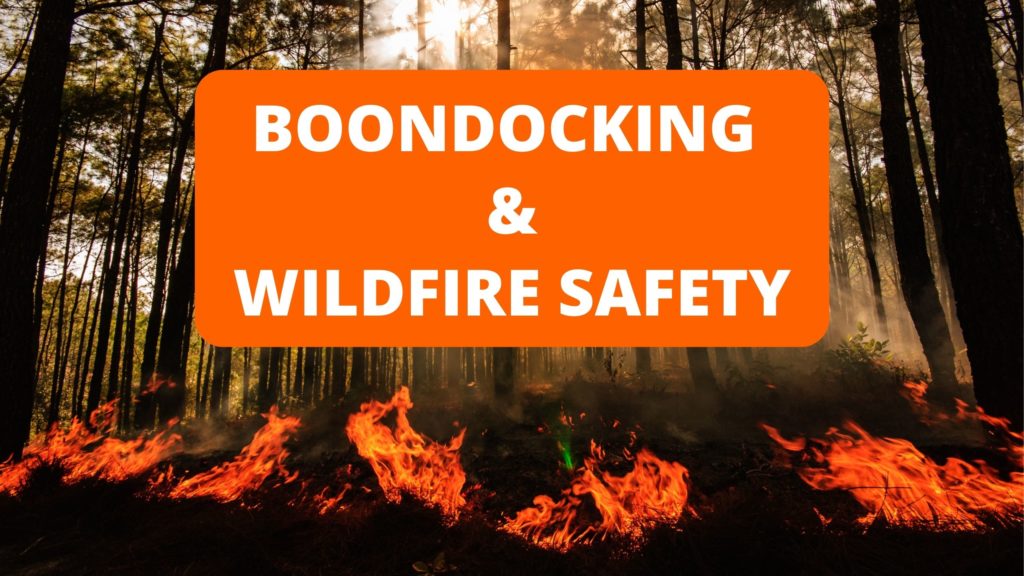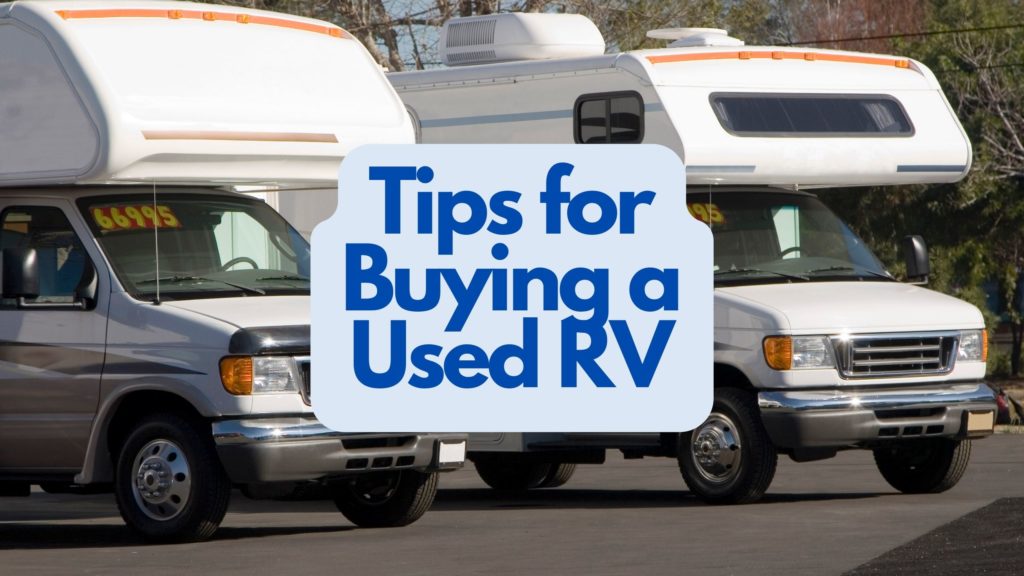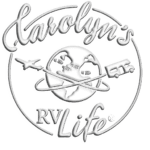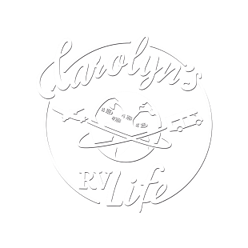How to Survive Wildfire Season Best Safety Tips

RVing Safety Tips RV Living and Simple Wildfire Safety Tips Posted by Carolyn Higgins on June 14, 2022 It’s summer! The days are longer, the sun is brighter, and the temperatures are higher. Do you know what this means for most of the western United States? If you guessed Wildfire Season you guessed right. It’s a sad reality […]
How to Buy the BEST Used RV

Getting Started w/ RV Living, RV Living Tips How to Buy the BEST Used RV Posted by Carolyn Higgins on May 5, 2022 In this blog, I want to share the process I used to purchase a new-to-me, used RV, replacing the infamous “Matilda”. The decision to purchase a new-to-me RV was definitely not a […]
How to Stealth Camp in a Class C RV

On the Road, RV Living Tips How to Stealth Camp in a Class C RV Posted by Carolyn Higgins on November 27, 2016 When you picture a 29’ Class C RV, “Stealth” isn’t exactly the word that comes to mind. But in my young RV Life, I was determined to be a stealth-nomad, flowing in and […]


